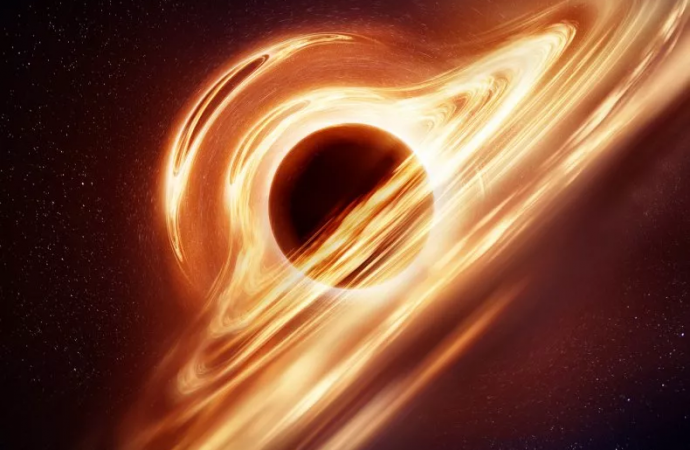Astronomers have come up with a new estimate for the total number of black holes in the universe, and the number is mind-bogglingly large—40 quintillion. That’s 4 followed by 19 zeros.
Source: Newsweek
The count, performed by researchers from various institutions across Italy and the U.K., involved complex computations involving the formation rate and mass of stars as well as the metallicity of galaxies—or the presence of elements that are heavier than hydrogen and helium.
“The innovative character of this work is in the coupling of a detailed model of stellar and binary evolution with advanced recipes for star formation and metal enrichment in individual galaxies,” said Alex Sicilia, first author of the study and a researcher at the SISSA science facility in Italy, in a press release.
Speaking to Newsweek, study co-author Lumen Boco said the 40 quintillion figure was gained by calculating the average number of black holes (about 3 million) per cubic megaparsec—an area of space containing 34,700,000,000,000,000,000 cubic light years.
By comparing the total volume of the universe to the volume of one megaparsec the total number of black holes can be estimated.
The study also investigated black hole “mergers” in which two of the cosmic monsters join together and stated that its results were a “starting point to investigate… the growth of supermassive black holes in high-redshift star-forming galaxies.” The researchers hope to further probe the growth of supermassive black holes in future work.
Black holes are regions of space where gravity is so strong that light can’t escape. They are thought to be formed when a star of sufficient mass dies and collapses in on itself.
This collapse means that all of the star’s matter collects into a single, tiny point in space. As an example, one could imagine a star 10 times more massive than the sun being packed into an area around the size of New York City.
Scientists have been intrigued by black holes because they can’t be directly observed, after all, they don’t give off any light. They do, however, have an effect on nearby matter and can be detected in this way, such as when they gobble up stars, leading to eruptions of radiation.
Another intriguing aspect of black holes is that they appear to exist in one of two different sizes. Stellar mass black holes, which are generally 10 to 24 times as massive as the sun and are peppered throughout the universe in huge numbers according to NASA; and supermassive black holes, cosmic monsters that can be millions or even billions of times as massive as the sun. They are thought to reside at the center of most or maybe all galaxies.
Stellar black holes are difficult to detect and there are estimated to be as many as 10 million to a billion of them in the Milky Way alone, since stars are dying all the time. According to one estimate, using data from NASA/ESA Hubble Space Telescopes and other telescopes, there are at least 100 billion to 200 billion galaxies in the observable universe and perhaps many more, so it is easy to imagine how the potential number of black holes could be truly enormous. The Italy/U.K. study is yet another estimate.
It was published in The Astrophysical Journal on January 12, 2022.
Source: Newsweek

































Leave a Comment
You must be logged in to post a comment.